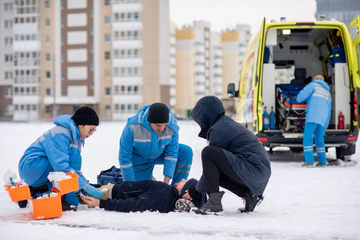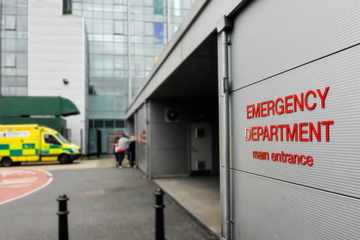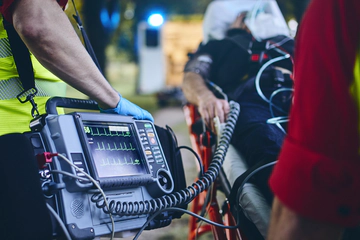
February 15, 2024

February 15, 2024

January 18, 2024


A survey out of New York City found something quite alarming. According to the survey, about 80% of IV drug users in New York City tested positive for fentanyl, but only 18% intended to use that specific drug. These findings showcase the harmful issues of fentanyl being laced into the drug supply, how most addicts don’t go looking for this drug, and how many users end up getting it in their system anyway, almost always without knowing.

December 27, 2023


Research shows winter is the worst season for drug overdoses in states where the temps drop and snow sets in. Cold weather, social isolation, hampered travel, slower emergency response times, and other factors all make this season more dangerous for drug users. All of those factors combined increase the urgency for those who struggle with drug addiction to enter qualified residential drug treatment centers as soon as possible.

July 27, 2023

June 5, 2023


A new research paper published by the CDC tracked a 300% increase in overdose deaths caused by fentanyl between 2016 and 2021. According to the study’s authors, this is the single sharpest increase in drug-related deaths in such a short amount of time since America’s addiction epidemic began in the early 2000s.

April 27, 2023


The Centers for Disease Control and Prevention recently released their provisional count for fatal overdoses in 2022, highlighting that about 6,000 fewer Americans died from drugs in 2022 than in 2021. If the provisional figures are accurate, 2022 will represent the first year that drug-related fatalities dropped since 2018.

December 15, 2022


During the pandemic, admissions to addiction treatment centers dropped by about 25%. That same year, fatal drug overdoses hit the highest year-over-year increase ever recorded, a 30% spike according to the Centers for Disease Control and Prevention. These findings suggest that having access to drug rehab is truly lifesaving.

November 24, 2022


Even as opioid prescribing rates decline, a few thousand doctors are still responsible for the significant overprescribing of opioids to the broader public. With that in mind, the American people will not overcome the opioid epidemic until all doctors and prescribers agree to adopt more conservative, cautious prescribing guidelines as outlined by the CDC.

November 18, 2022


Since 2019, there have been 171 verified overdoses in Michigan that were traced back to a non-opioid animal tranquilizer called xylazine. That number is likely an undercount, but it is the most recent number Michigan toxicologists have published. Often without addicts knowing, drug dealers lace the tranquilizer into other drugs to create an extended high. Unfortunately, combining xylazine with other drugs increases users' risk for an overdose.

October 30, 2022


New research has chronicled the alarming rise in methamphetamine-related deaths over the last few years. In the findings, analysts were able to identify where in the U.S., meth-related deaths have been occurring the most. The overwhelming majority of them are happening in rural counties across America. So what has caused the spike in rural methamphetamine overdoses?

June 7, 2022

June 2, 2022


Though it is not often mentioned by the media, there is a broader economic cost to the national public health emergency of drug and alcohol addiction. Addiction is expensive, not just for addicts, but for all Americans. Conversely, solving America’s addiction epidemic and returning millions of recovering addicts to the workforce would benefit the economy.

May 25, 2022

May 2, 2022


Researchers at the University of New England found that the rate of opioid-related cardiac arrests has risen dramatically and is now on par with the rate of cardiac arrest from other causes. The research sheds light on yet another major health risk connected to opioid addiction, i.e., the risk for suffering a potentially fatal heart complication.

April 26, 2022

April 14, 2022